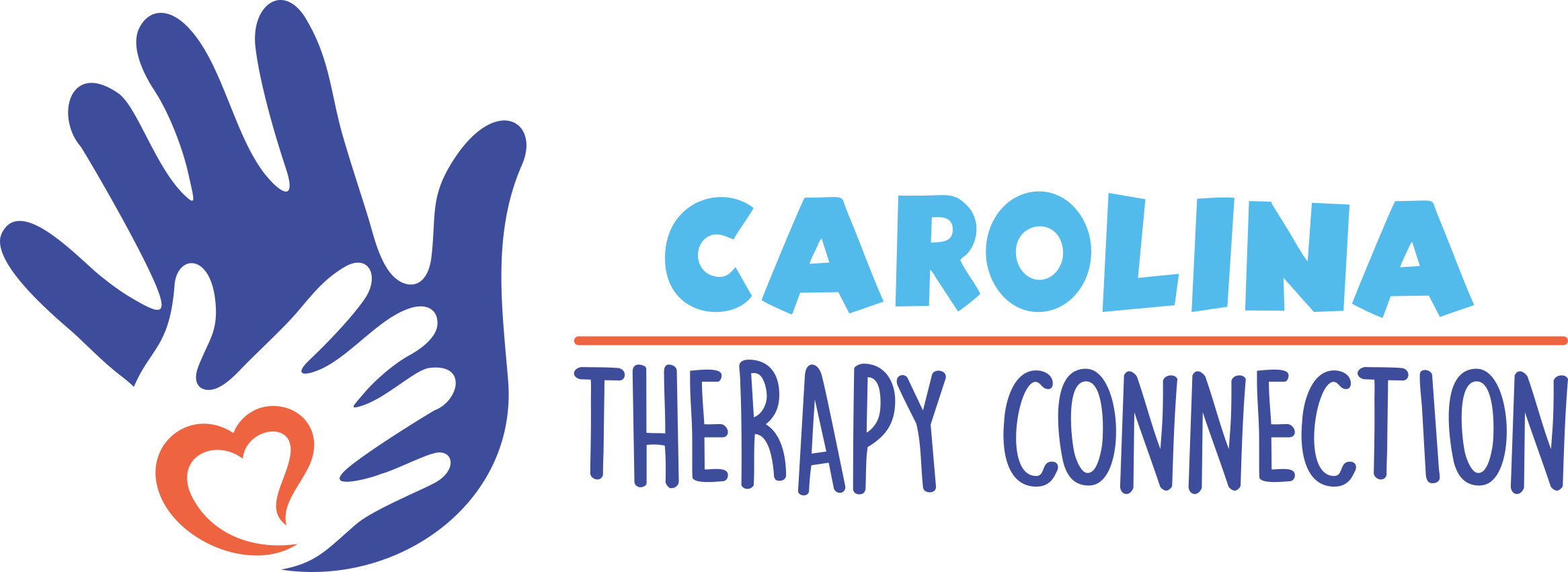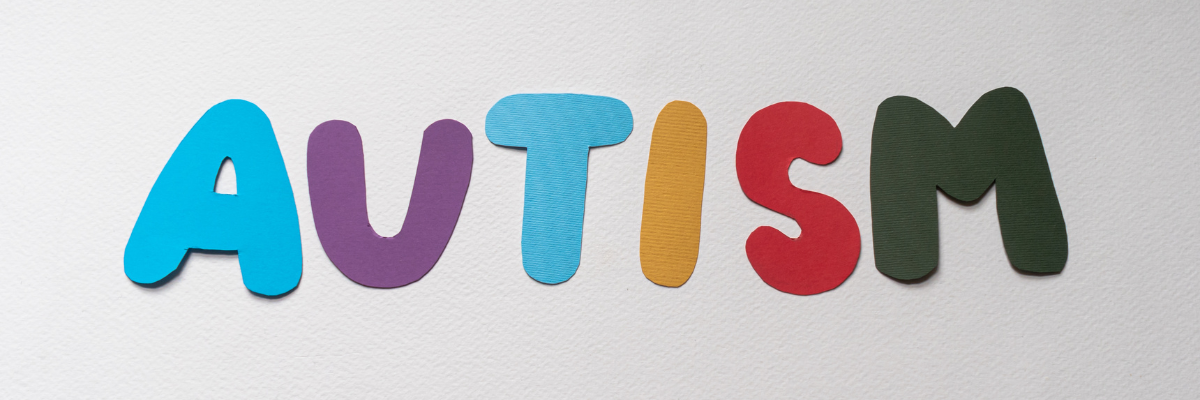How Music Stimulates the Brain in Children with Autism
When music is played, the brain is stimulated by recognizing pitch, tone, and rhythm. Children with Autism Spectrum Disorder (ASD) often excel at pitch processing and respond emotionally to sound. This makes music a powerful tool to support behavioral regulation and improve focus during therapeutic sessions. Autism Speaks recognizes music therapy as a key intervention to enhance communication and emotional awareness in children with autism.
The Power of Music Therapy for Sensory Regulation
Children with ASD frequently struggle with sensory processing, which can result in increased anxiety and difficulty concentrating. New research, including findings from the National Institutes of Health, supports that music therapy can reduce anxiety, improve social-emotional engagement, and increase communication skills. Additionally, music is a valuable aid in learning and maintaining daily routines.
What is 8D Audio, and Why is it Effective for Autism?
8D music, also known as three-dimensional audio, uses binaural beats and sound wave manipulation to create a surround-sound effect. This type of music helps stimulate the senses and create a calming experience for individuals with ASD. The repetitive rhythms and tranquil tones help reduce stress and improve focus.
Emerging studies, such as those published in Frontiers in Psychology, suggest that 8D music may also help reduce sensory overload and improve mood regulation, making it a useful tool in autism therapy.
How Carolina Therapy Connection Integrates Music Into Autism Treatment
At Carolina Therapy Connection (CTC), we incorporate music—including 8D audio—into comprehensive treatment plans. Whether paired with occupational therapy, speech therapy, physical therapy, or mental wellness services, music serves as a supportive modality to improve attention, regulate behavior, and build daily living skills.
Our therapists are trained to adapt therapeutic sessions to each child’s sensory needs, and we offer personalized strategies—including music therapy techniques—to help your child thrive.





